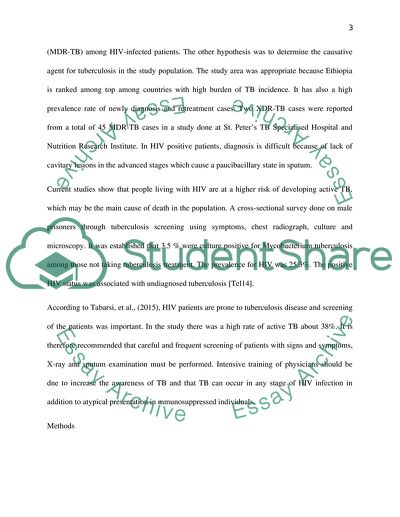Cite this document
(“Active tuberculosis case finding and detection of drug resistance Essay”, n.d.)
Active tuberculosis case finding and detection of drug resistance Essay. Retrieved from https://studentshare.org/health-sciences-medicine/1692255-active-tuberculosis-case-finding-and-detection-of-drug-resistance-among-hiv-infected-patients-a-cross-sectional-study-in-a-tb-endemic-area-gondar-northwest-ethiopia
Active tuberculosis case finding and detection of drug resistance Essay. Retrieved from https://studentshare.org/health-sciences-medicine/1692255-active-tuberculosis-case-finding-and-detection-of-drug-resistance-among-hiv-infected-patients-a-cross-sectional-study-in-a-tb-endemic-area-gondar-northwest-ethiopia
(Active Tuberculosis Case Finding and Detection of Drug Resistance Essay)
Active Tuberculosis Case Finding and Detection of Drug Resistance Essay. https://studentshare.org/health-sciences-medicine/1692255-active-tuberculosis-case-finding-and-detection-of-drug-resistance-among-hiv-infected-patients-a-cross-sectional-study-in-a-tb-endemic-area-gondar-northwest-ethiopia.
Active Tuberculosis Case Finding and Detection of Drug Resistance Essay. https://studentshare.org/health-sciences-medicine/1692255-active-tuberculosis-case-finding-and-detection-of-drug-resistance-among-hiv-infected-patients-a-cross-sectional-study-in-a-tb-endemic-area-gondar-northwest-ethiopia.
“Active Tuberculosis Case Finding and Detection of Drug Resistance Essay”, n.d. https://studentshare.org/health-sciences-medicine/1692255-active-tuberculosis-case-finding-and-detection-of-drug-resistance-among-hiv-infected-patients-a-cross-sectional-study-in-a-tb-endemic-area-gondar-northwest-ethiopia.


